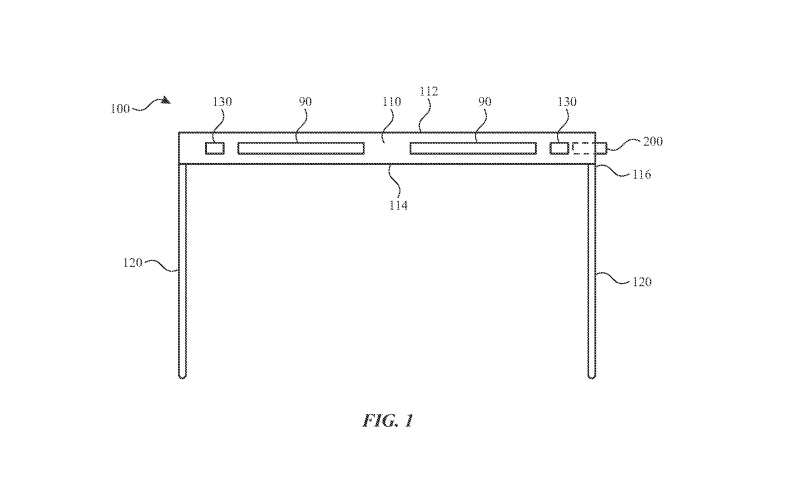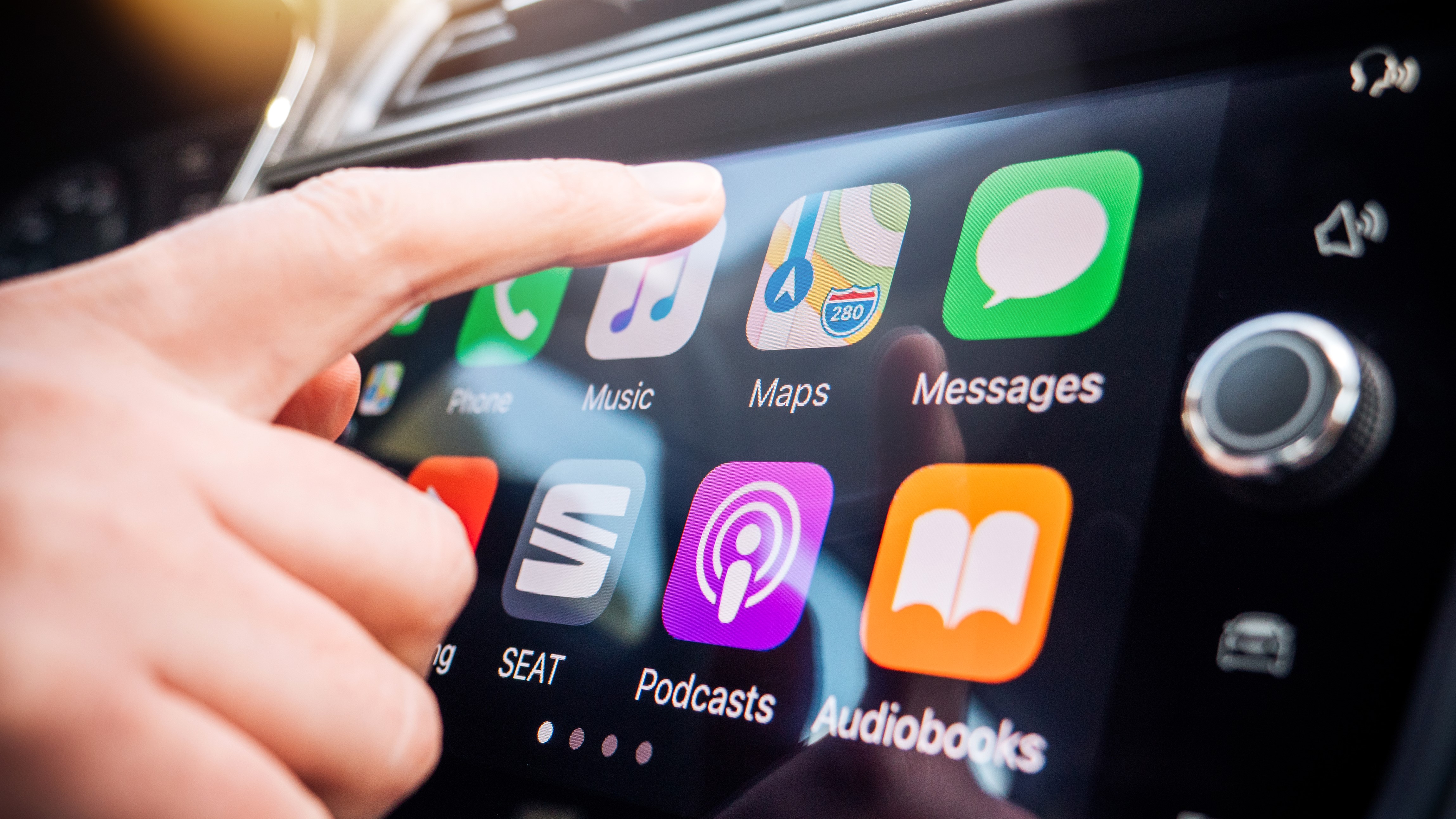Apple Glass could steal the Apple Watch’s best feature
Apple VR headset and smart glasses could get a digital crown

Apple’s VR headset and the Apple Glass smart glasses could be controlled by a take on the Digital Crown found on the Apple Watch and AirPods Max.
That’s what we can posit from a new Apple patent, flagged by Patently Apple, which shows how a Digital Crown could be used to easily control functions like zooming on Apple’s much-rumored mixed and augmented reality headsets.
- Here are the best VR headsets available right now
- Check out our best VR games list
- Plus: Forget AirPods Max: Bang & Olufsen HX headphones win on battery life
That sounds like a neat way to control a VR or MR headset or pair of smart glasses, But the extra interesting feature here is the haptics Apple is proposing to put into such a “crown input.”
“The crown module can further include a feedback system that provides localized haptic feedback at the crown,” the patent explained. “The haptic feedback can be effectively perceived by the user at the crown without causing the entire head-mountable device to vibrate against the head and/or face of the user.”
Such a system could allow for more tactile control. Going by our experience with VR headsets with integrated controls, having controls that offer a form of feedback that allows for initiative control when you can't actually look at the device you are controlling, would be welcome. Touch panels on VR headsets, for example, can occasionally be a little tricky to get used to.

According to the patent, this haptic feedback could be varied so that a wearer of an MR headset or AR glasses gets a distinct bit of feedback to detail when they are starting and when they are stopping interacting with something. For example, one vibration could signal the start of zooming into augmented reality map data with another signaling when they’ve reached the maximum practical zoom limit.
Combined with audio and visual feedback, the haptic Digital Crown system patent somewhat describes an idealized MR and AR headset experience where a variety of sensors allow for better control and responses from a wearable device.
Sign up to get the BEST of Tom's Guide direct to your inbox.
Get instant access to breaking news, the hottest reviews, great deals and helpful tips.
“Other user sensors can perform facial feature detection, facial movement detection, facial recognition, eye tracking, user mood detection, user emotion detection, voice detection,” the patent noted.
Patents often describe feature-rich devices and concepts that, if they become a reality, are not as well equipped as first envisioned, But Apple has a reputation for taking existing tech and refining it into killer products.
And Cupertino could do this for an MR headset and the Apple Glass. However, all we have are leaks, rumors and speculation to go off, so it might be some time before we see such ideas detailed in Apple patents become a reality.
Roland Moore-Colyer a Managing Editor at Tom’s Guide with a focus on news, features and opinion articles. He often writes about gaming, phones, laptops and other bits of hardware; he’s also got an interest in cars. When not at his desk Roland can be found wandering around London, often with a look of curiosity on his face.

